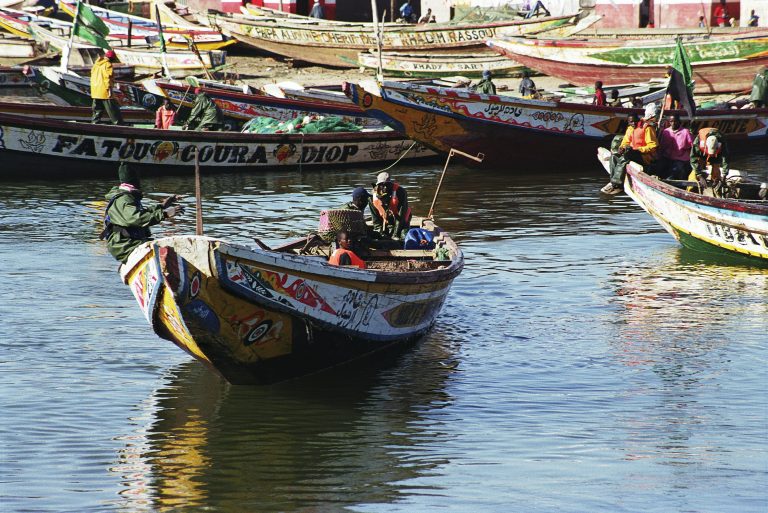Is the bar too high for low-income countries to meet international standards in sustainable infrastructure? When Elizabeth Losos at Duke University put the question to a panel at Duke’s Nicholas Institute for Energy, Environment and Sustainability this month, experts gave a unanimous No.
“I think it’s the opposite,” Anthony Kane at the Institute for Sustainable Infrastructure said. “There’s a lot of capital out there and they’re investing in countries where there’s risk. Standards help demonstrate it’s a worthy investment with minimal risk.”
Expanding on the point, Russell Singer at the US State Department said the US Blue Dot Network promotes infrastructure aligned with the Paris Agreement and certifies infrastructure as compliant with international standards.
Read more: A Plan for a New Conception of 21st Century Infrastructure
“At the end of the day, if we’re able to certify projects and show they meet international standards, investors will be more interested in putting their money in the projects. Institutional Investors won’t invest until you can show you can scale up,” Singer said. “Certification opens up opportunities.”
Governments may be aware of those benefits, too.
“Being able to put policy in place attracts investment. In Kenya and South Africa, there is a lot of understanding that this can be used to drive and attract investment,” Pratima Singh at The Economist Impact said.
Choose the right tools
Standards for sustainable infrastructure proliferate worldwide, so which are right for each project?
“Is there a tool to help pick a tool? A list? A resource?” Losos asked.
Cristina Contreras, Founder of the sustainable infrastructure consulting firm Sinfranova, has developed that precise tool.
“We tried to answer that same question,” she said – how can people navigate dozens of certifications, standards, assessments and other tools that have been built to improve sustainable infrastructure projects?
Contreras’ answer is the Sustainable Infrastructure Tool Navigator. This tool navigator maps more than 100 tools, and it is online and open source.
“These are voluntary norms, protocols, and consensus-based stakeholder processes that define good environmental, social, economic and institutional practices for a given industry,” the tool navigator explains on its site.

